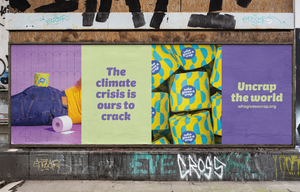As David Attenborough wrote on Instagram, "Saving our planet is now a communications challenge. We know what to do, we just need the will."
So, what can writers do to help get the message across?
Which words should we choose to convince people to change their behaviour?
Hope = action
Interestingly, research shows that positive messaging is the most effective way to trigger action. As this MediaCat Magazine article explains, "negative messaging is [...] processed more slowly, which can deter from the call to action and make us react slower. As such, scaremongering can inhibit us from taking the desired action rather than encouraging us to change our behaviour."
Brands are beginning to realise that feel-good stories and bright visuals resonate better with readers than doom and gloom. And that's why we're seeing more and more uplifting sustainability communications.
Examples we love
Here's our round-up of the most original and inspiring examples we've spotted recently – from cheeky word play (Who Gives a Crap) to smiley cartoon characters (Hugo the Harbour Hoover), quirky imagery (EDF) and light-hearted language (Back Market).
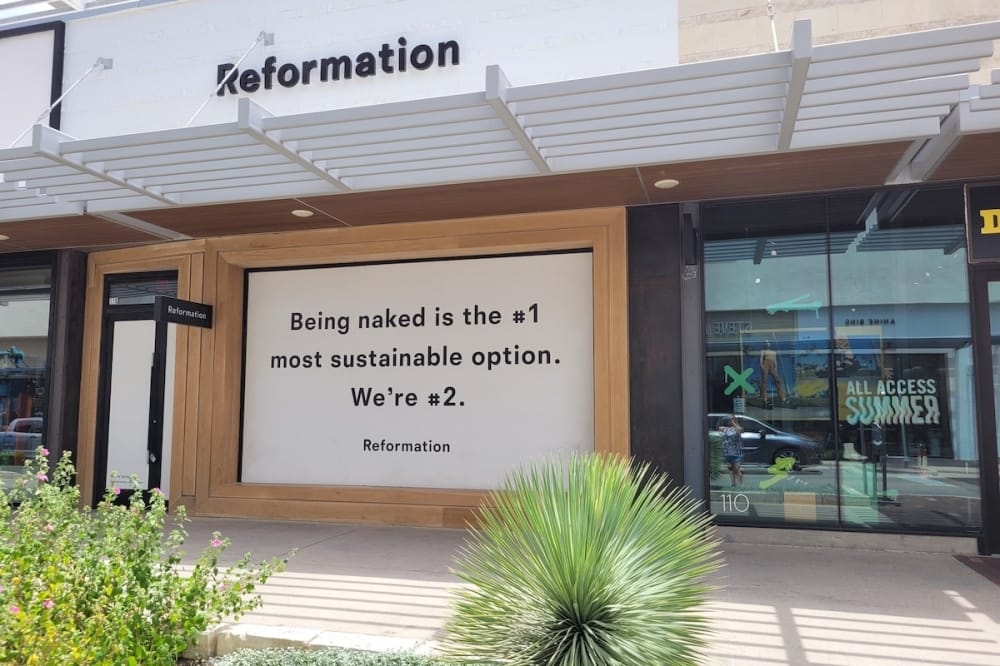
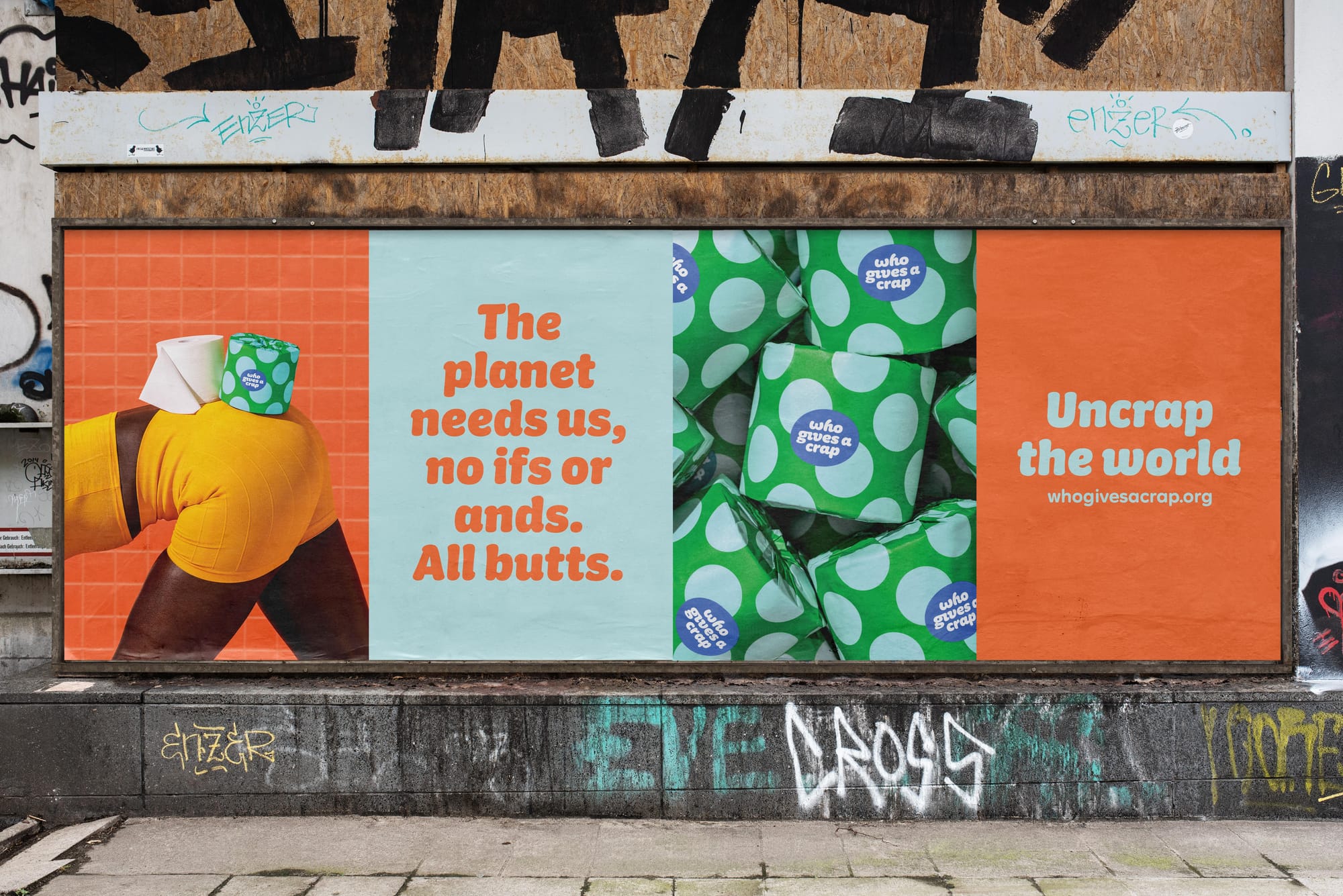
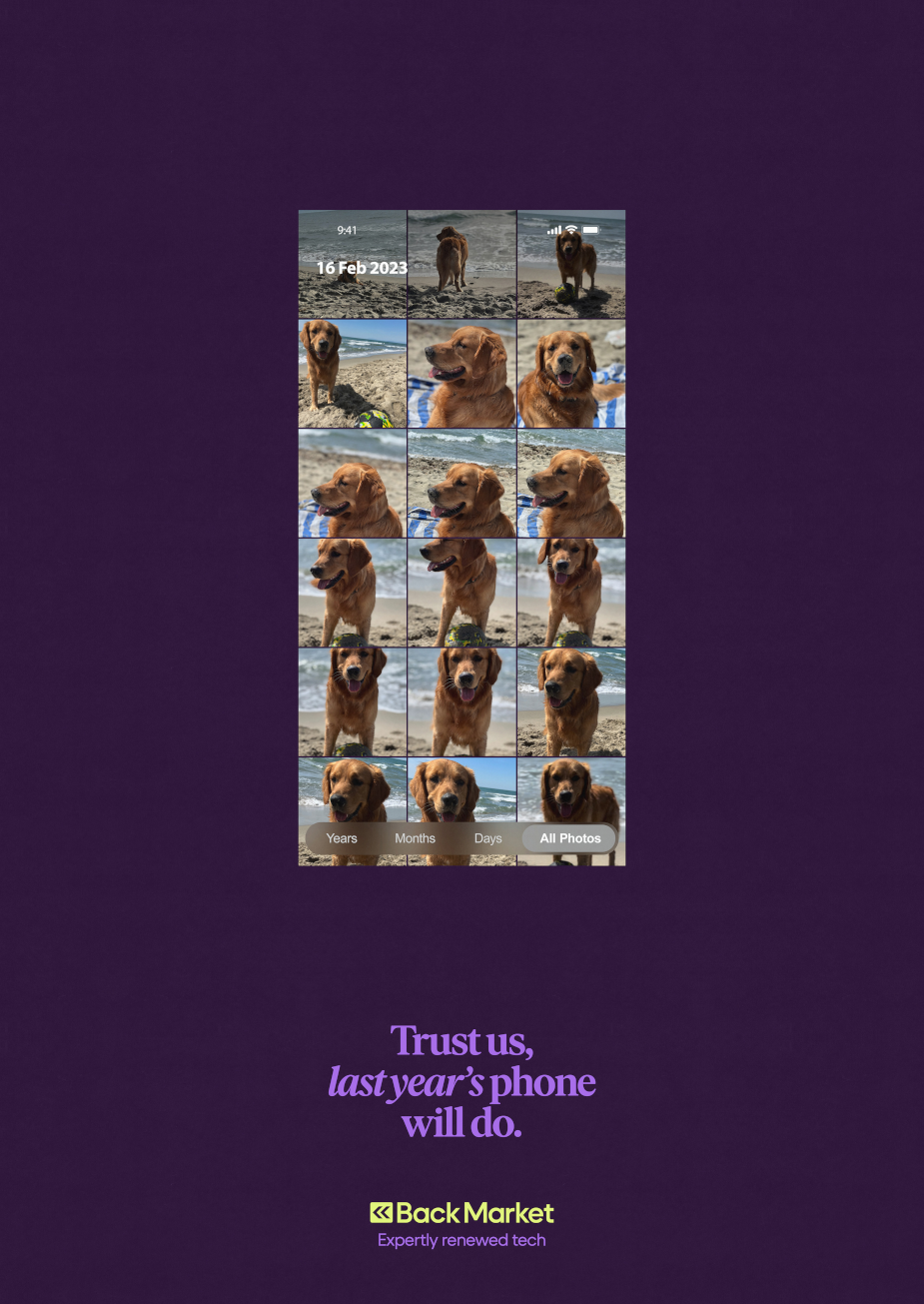
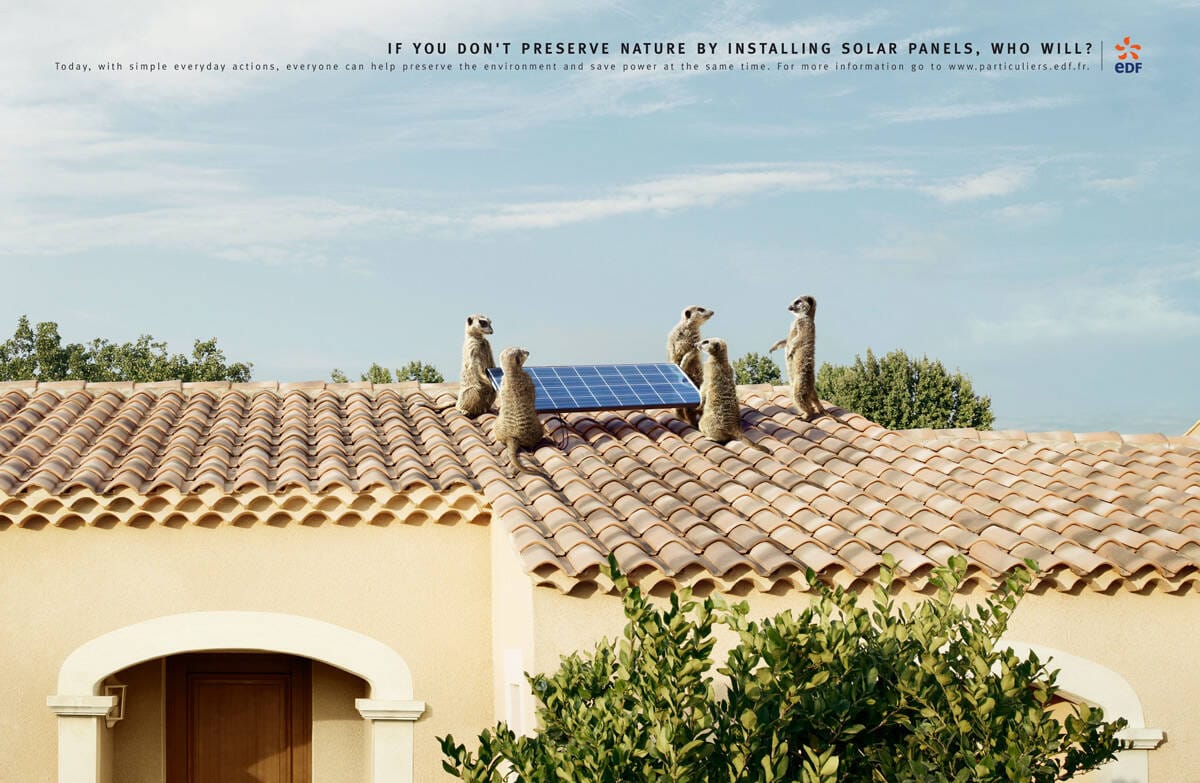

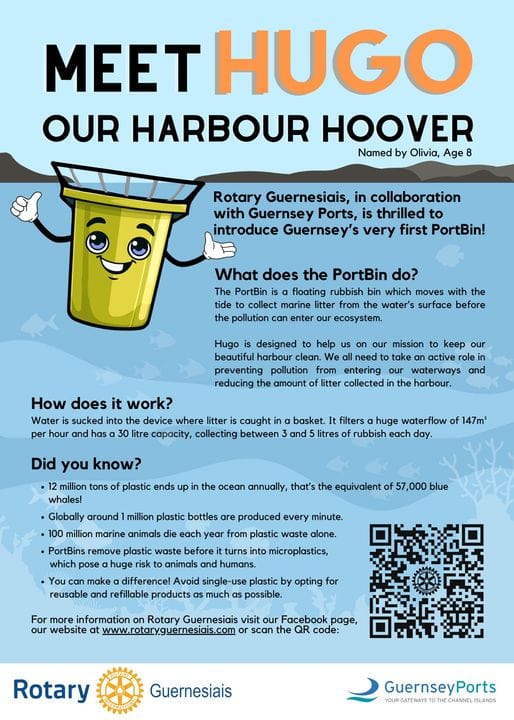
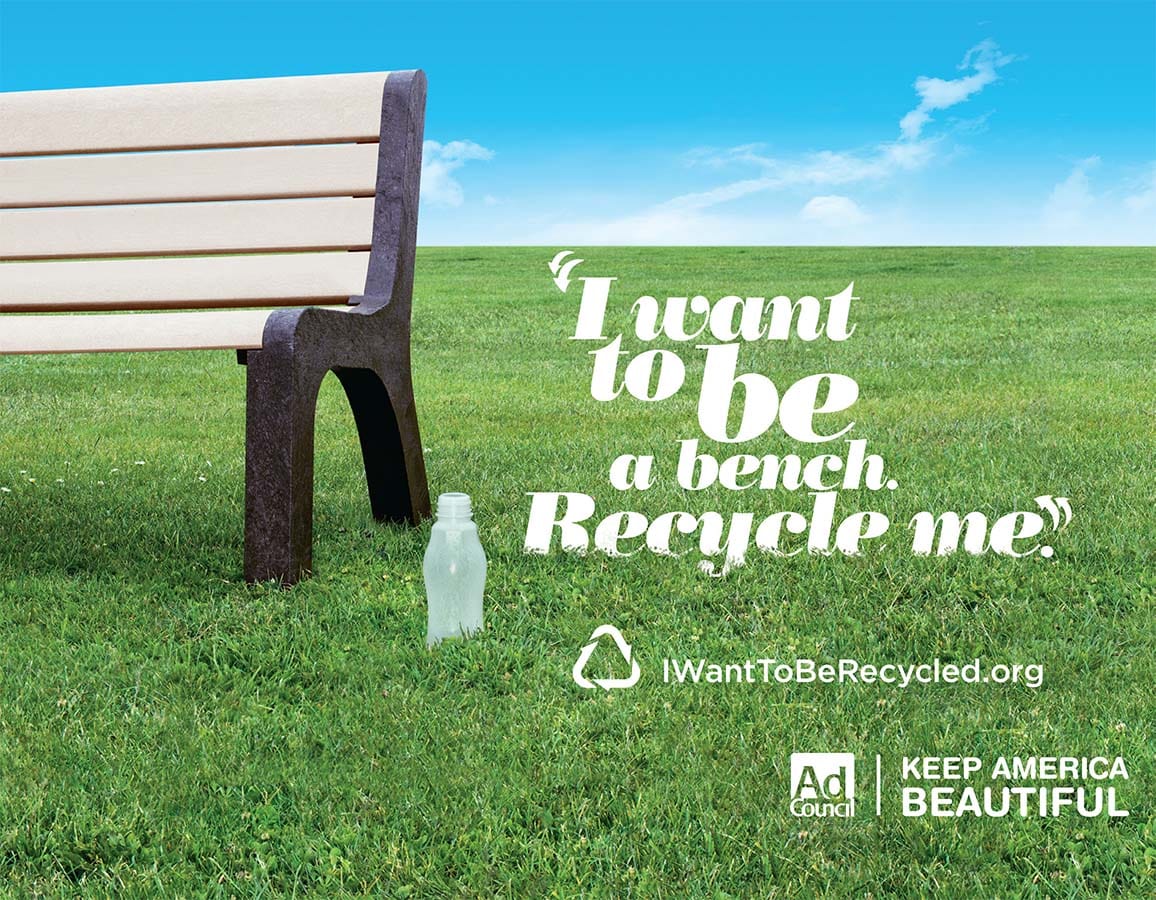
"Positive messaging can be a powerful tool to inspire hope and action across all levels." EAUC
Brighten up your writing
Of course, behind all of these adverts is a serious message and an urgent need to protect the environment – something we're passionate about at Bwritr. We love sustainability writing and we strongly believe in the power of words to change the world. (In fact, that's what inspired our company name, pronounced "brighter").
So if you're interested in brightening up your sustainability communications, we can help. Talk to our team of GRI-certified* writers to get started.
* The GRI Standards are the most commonly used standards for sustainability reporting. They represent global best practice for reporting publicly on a range of economic, environmental and social impacts. Read more on the GRI website.


